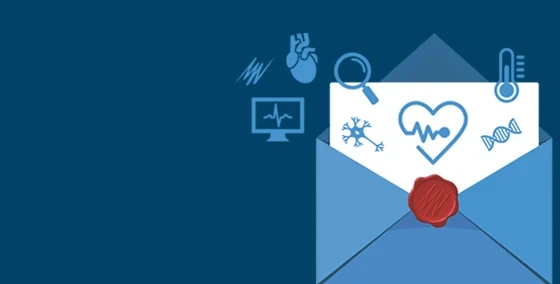Okamoto, K., Tashiro, A., Chang, Z., Thompson, R., & Bereiter, D. A. (2012). Temporomandibular joint-evoked responses by spinomedullary neurons and masseter muscle are enhanced after repeated psychophysical stress. The European Journal of Neuroscience, 36(1):2025-2034 Details
Customer study highlights:
Pain in deep muscle tissues, in the absence of inflammation, has long been associated with chronic psychological stress. However, it is not entirely clear which neuroanatomical locations might be activated by stress to cause these musculoskeletal symptoms.
This study shows that the firing of spinal sensory neurons, in deep laminae of the dorsal horn, becomes altered after exposure to stressful stimuli. Okamoto et al (2012) used a forced-swim model to induce psychological stress in rats over a period of 3 days. Sham and forced-swim animals were later tested for sensory-evoked extracellular unit responses within the spinomedullary junction.
Extracellular recordings were acquired using PowerLab and spike histogram off-line analysis was performed with LabChart. They found that units in the brainstem regions of forced-swim animals displayed several key changes, including higher resting firing rates (9.6 vs. 0.7 spikes/s), enlarged receptive fields (~20%), and increased spiking upon cutaneous stimulation.
Forced-swim rats also showed hypersensitivity to injected ATP; facial muscle EMG responses to ATP were potentiated by up to 50%. In contrast, baseline EMG activity was similar in sham and forced-swim animals. Injection of a local anaesthetic lidocaine into the spinomedullary junction blunted ATP-evoked EMG responses in both groups of animals, identifying this region as important for relaying this effect.
This and previous studies suggest that neural signals generated by psychological stress are integrated centrally, and that this can lead to development of hyperalgesia. This highlights the need to treat both emotional and sensory aspects of such pain conditions.
